Home>Articles>If My Window Is 70 Inches Wide What Size Curtains Do I Need
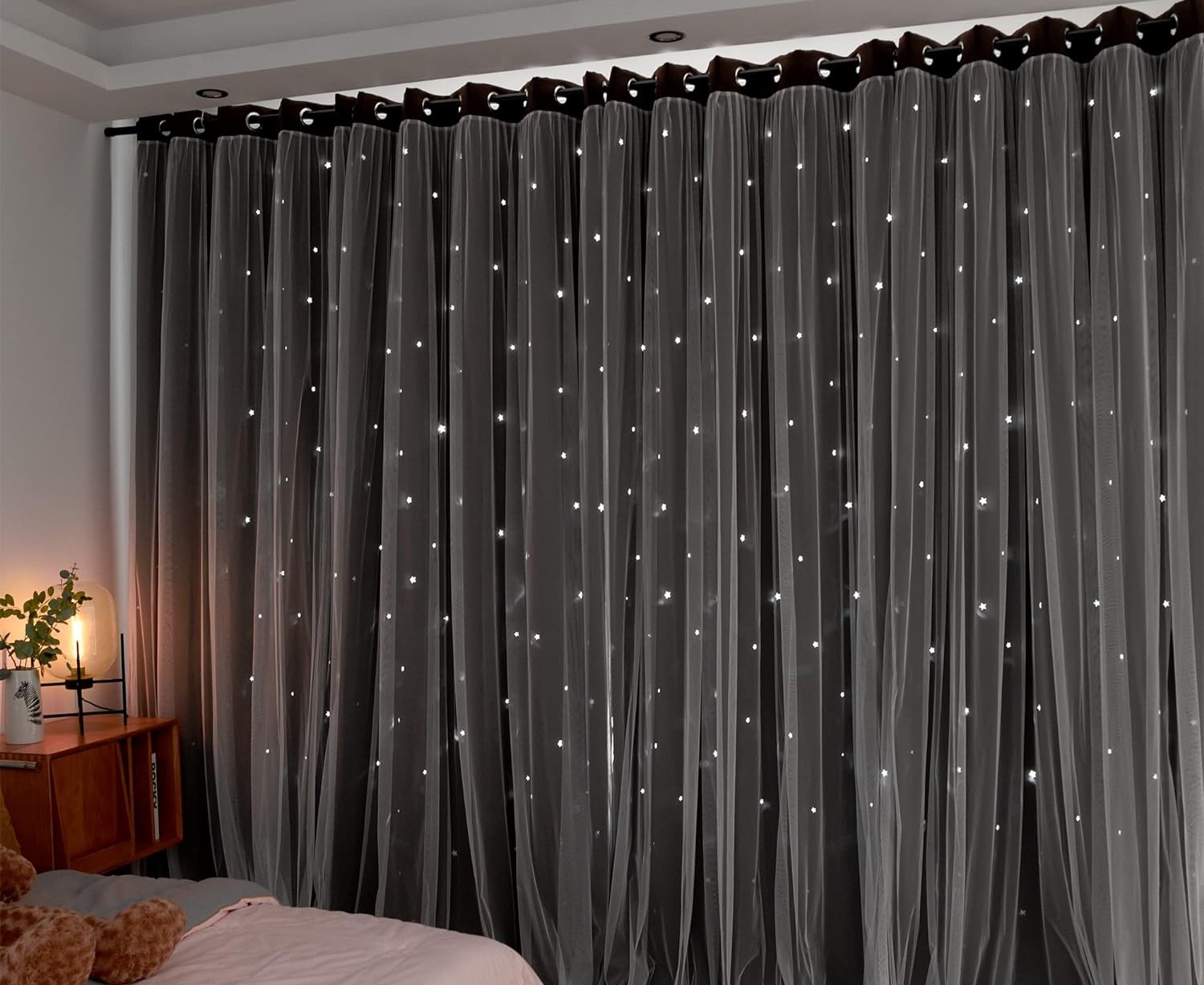

Articles
If My Window Is 70 Inches Wide What Size Curtains Do I Need
Modified: October 23, 2024
Find the perfect size curtains for your 70-inch wide window with our helpful articles. Get expert tips and advice on choosing the right curtains for any window size.
(Many of the links in this article redirect to a specific reviewed product. Your purchase of these products through affiliate links helps to generate commission for Storables.com, at no extra cost. Learn more)
Introduction
Choosing the right curtains for your windows can significantly enhance the aesthetic appeal of your space while providing privacy, light control, and insulation. However, determining the correct size of curtains to purchase can be a bit confusing, especially if you’re unsure about the dimensions of your windows. In this article, we’ll guide you through the process of finding the perfect curtain size for your window that balances style and functionality.
Before we delve into the specific measurements, it’s important to note that curtain sizing can vary depending on personal preference, style, and the desired look for your space. While we will provide general recommendations, feel free to modify them based on your individual needs and design preferences.
Now, let’s start by understanding the two critical dimensions when it comes to curtains: length and width.
Key Takeaways:
- Finding the perfect curtain size involves considering length, width, fabric overlap, stacking space, and window type. Personal preferences and design choices play a crucial role in achieving the desired look.
- Understanding curtain lengths and widths, calculating ideal measurements, and considering window type are key to choosing the right size curtains. Experiment, explore options, and trust your instincts to reflect your unique style.
Understanding Curtain Lengths
Getting the curtain length right is crucial for achieving a polished and well-balanced look. The length of your curtains can vary based on factors such as the style, function, and the overall aesthetic you want to create. Here are some steps to help you determine the desired length:
Determining the Desired Length
The first step is to decide on the desired length of your curtains. This will depend on the style you want to achieve and the purpose your curtains will serve. Here are a few common curtain lengths:
- Apron Length: These curtains extend just below the windowsill, providing a clean and modern look. They are suitable for kitchens, bathrooms, or rooms where you want to allow maximum natural light.
- Below Sill Length: These curtains hang a few inches below the windowsill. They offer a more traditional and elegant look while still allowing light to filter through.
- Floor Length: These curtains touch the floor and create a dramatic and luxurious effect. They are ideal for formal living rooms, dining rooms, or bedrooms.
- Puddle Length: These curtains are longer than floor-length and intentionally puddle on the floor for a romantic and opulent look. They work well in formal spaces or rooms with a luxurious vibe.
Measuring from the Curtain Rod
Once you have decided on the desired curtain length, it’s time to measure it from the curtain rod to the desired point. For curtains that will hang below the windowsill or to the floor, measure from the bottom of the curtain rod to the desired length. If you prefer curtains that puddle on the floor, add an additional 2-4 inches to the measurement to account for the extra fabric.
Remember to consider any decorative elements, such as finials or rings, that may add extra length to your curtains. Measure from the top of the rod to the desired point, accounting for these elements.
By determining the desired curtain length and measuring from the curtain rod, you can ensure that your curtains will fit perfectly and create the desired look for your space.
Choosing the Right Width
Now that you have determined the ideal length for your curtains, it’s time to focus on selecting the right width. The width of your curtains plays a crucial role in achieving the desired fullness and functional coverage. Let’s explore the key factors to consider when choosing the width:
Understanding Curtain Widths
Curtain widths can vary depending on the style, fabric, and desired look. There are two main types of curtain widths to consider:
- Flat Panel: This type of curtain comes in a standard width and is ideal for windows of regular size. Flat panel curtains are typically sold as single panels or pairs, and their width should be approximately double the width of your window for proper coverage.
- Ruffled or Pleated: These curtains have gathered fabric at the top, providing a more tailored and elegant look. Ruffled or pleated curtains require more fabric and are typically sold in predetermined widths based on the style and fullness.
Calculating the Ideal Curtain Width
To calculate the ideal curtain width for flat panel curtains, follow these steps:
- Measure the width of your window from one side to the other.
- Multiply the window width by 2 or 2.5, depending on the level of fullness you desire. For a fuller look, multiply by 2.5.
- Round up to the nearest whole number to determine the width of each panel or the total width for a pair.
- If your window requires multiple panels, divide the total width by the number of panels to determine the width per panel.
For ruffled or pleated curtains, refer to the manufacturer’s guidelines or consult with a professional to ensure the correct width based on the specific style and fullness you desire.
Considering Fullness
Fullness refers to the amount of fabric used per panel and plays a significant role in achieving a luxurious and stylish drape. The level of fullness you choose will depend on personal preference and the overall look you want to achieve. Here are some general guidelines:
- Standard Fullness: This level of fullness uses approximately double the fabric width of the window measurement. It provides a more tailored and neat appearance.
- Extra Fullness: This level of fullness uses 2.5 to 3 times the fabric width of the window measurement. It creates a more voluminous and luxurious look.
Remember, the fullness you choose can affect the overall cost of your curtains, as more fabric will be required. Consider your budget and the desired style when deciding on the level of fullness.
By understanding curtain widths, calculating the ideal curtain width, and considering fullness, you can choose the right width for your curtains, ensuring a beautiful and well-fitted look for your windows.
Account for Extra Fabric
When it comes to curtains, it’s essential to account for extra fabric to ensure they hang properly and achieve the desired look. Here are some considerations to keep in mind when estimating the amount of fabric needed:
Read more: What Size Curtains For A 36 Inch Window
Calculating the Curtain Overlap
When your curtains are closed, they should overlap in the middle to prevent light from seeping through the gaps. The amount of overlap required will depend on the desired level of privacy and light control. As a general rule of thumb, aim for a 4-6 inch overlap in the center.
To calculate the curtain overlap, add half of the window width to each side. For example, if your window is 70 inches wide, add 35 inches to each side for a total curtain width of 140 inches.
Considering Stacking Space
When your curtains are fully open, they will stack on either side of the window. The amount of space required for the curtains to stack will depend on the desired curtain look and the available space. As a guideline, allow at least 10-15% of the window width on each side for stacking.
Using the example of a 70-inch wide window, you would need to account for approximately 14-21 inches of stacking space on each side.
Adjusting for Desired Curtain Look
Finally, adjust the calculation for extra fabric based on the desired curtain look. If you want your curtains to have more gathers or a fuller appearance, you may need to add additional fabric to the width calculation. On the other hand, if you prefer a more streamlined look, you can slightly reduce the fabric width.
Keep in mind that the additional fabric needed for overlap, stacking space, and desired curtain look may vary based on the weight and thickness of the fabric you choose. Heavier fabrics may require more fabric for proper drape, while lighter fabrics may require less.
By accounting for extra fabric, calculating the curtain overlap, considering stacking space, and adjusting for the desired curtain look, you can ensure that your curtains hang beautifully and provide the desired functionality for your space.
Considerations for Window Type
When selecting curtains, it’s important to consider the type of window you have, as it can affect the overall look and functionality of your curtains. Let’s explore some considerations for different window types:
Read more: How Wide Do Curtains Need To Be
Standard Windows
Standard windows are the most common type of window found in homes. They typically have a rectangular shape and are relatively easy to dress with curtains. Here are a few considerations for standard windows:
- Ensure that the width of your curtains covers the entire window opening for optimal privacy and light control.
- Choose a curtain length that aligns with the overall style and function of your space, whether it’s to the windowsill, below the sill, or to the floor.
- Consider the type of curtain hardware that best suits your standard window, such as curtain rods or tracks that can be easily installed.
French Windows
French windows, also known as French doors, add elegance and sophistication to any space. These windows typically consist of two panels that open outwards or inwards. When selecting curtains for French windows, keep the following in mind:
- Measure each individual panel of the French window and treat them as separate windows for curtain sizing purposes.
- Choose a curtain rod or track that spans the full width of the French window, allowing the curtains to stack on the sides when fully open.
- Consider using tiebacks or holdbacks to hold the curtains in place when the doors are open to create an unobstructed view.
Bay Windows
Bay windows are a beautiful architectural feature that adds character and dimension to a room. They typically consist of a large central window flanked by two smaller windows on the sides. When choosing curtains for bay windows, consider the following:
- Measure each individual window within the bay and treat them individually for curtain sizing purposes.
- Choose curtain rods or tracks that can be installed at different angles to accommodate the unique shape of the bay windows.
- Consider using multiple sets of curtains or valances to emphasize the distinction between each window within the bay.
By considering the specific type of window you have, whether it’s a standard window, French window, or bay window, you can select the right curtains and curtain hardware to complement the architecture of your space and enhance its overall style.
Conclusion
Choosing the right size curtains for your windows is crucial to achieving a polished and harmonious look in your space. By understanding the key factors that contribute to finding the perfect curtain size, you can ensure that your curtains not only serve their functional purpose but also enhance the overall aesthetic of your room.
Start by determining the desired length of your curtains, keeping in mind the style and function you want to achieve. Measure from the curtain rod to the desired point, considering any decorative elements that may add extra length.
Next, consider the width of your curtains, whether you opt for flat panel curtains or ruffled/pleated curtains. Calculate the ideal curtain width based on your window measurements, allowing for a proper amount of fullness. Remember to consider the curtain overlap for privacy and light control and account for stacking space when the curtains are fully open.
Additionally, take into account the specific type of window you have, whether it’s a standard window, French window, or bay window. Ensure that your curtain selection and hardware accommodate the unique characteristics of your window type.
In conclusion, the process of choosing the right size curtains involves careful consideration of length, width, fabric overlap, stacking space, and window type. By taking the time to measure accurately and select the appropriate curtain size, you can transform your windows into focal points of beauty and functionality within your space.
Remember, while the suggestions provided in this article serve as general guidelines, personal preferences and individual design choices play an essential role in achieving the desired curtain size and look. Experiment, explore various options, and trust your instincts to create a space that reflects your unique style and personality.
Frequently Asked Questions about If My Window Is 70 Inches Wide What Size Curtains Do I Need
Was this page helpful?
At Storables.com, we guarantee accurate and reliable information. Our content, validated by Expert Board Contributors, is crafted following stringent Editorial Policies. We're committed to providing you with well-researched, expert-backed insights for all your informational needs.
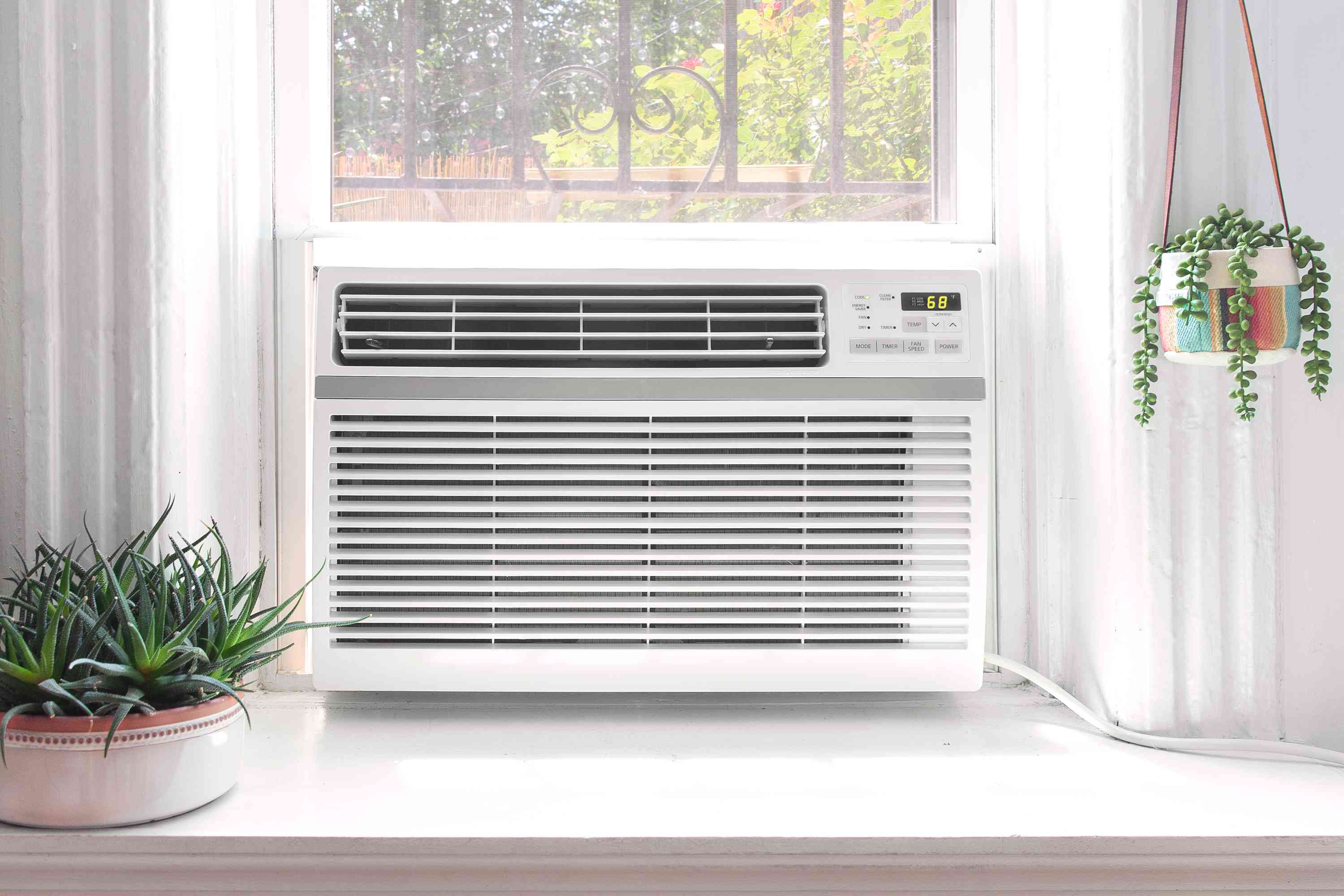
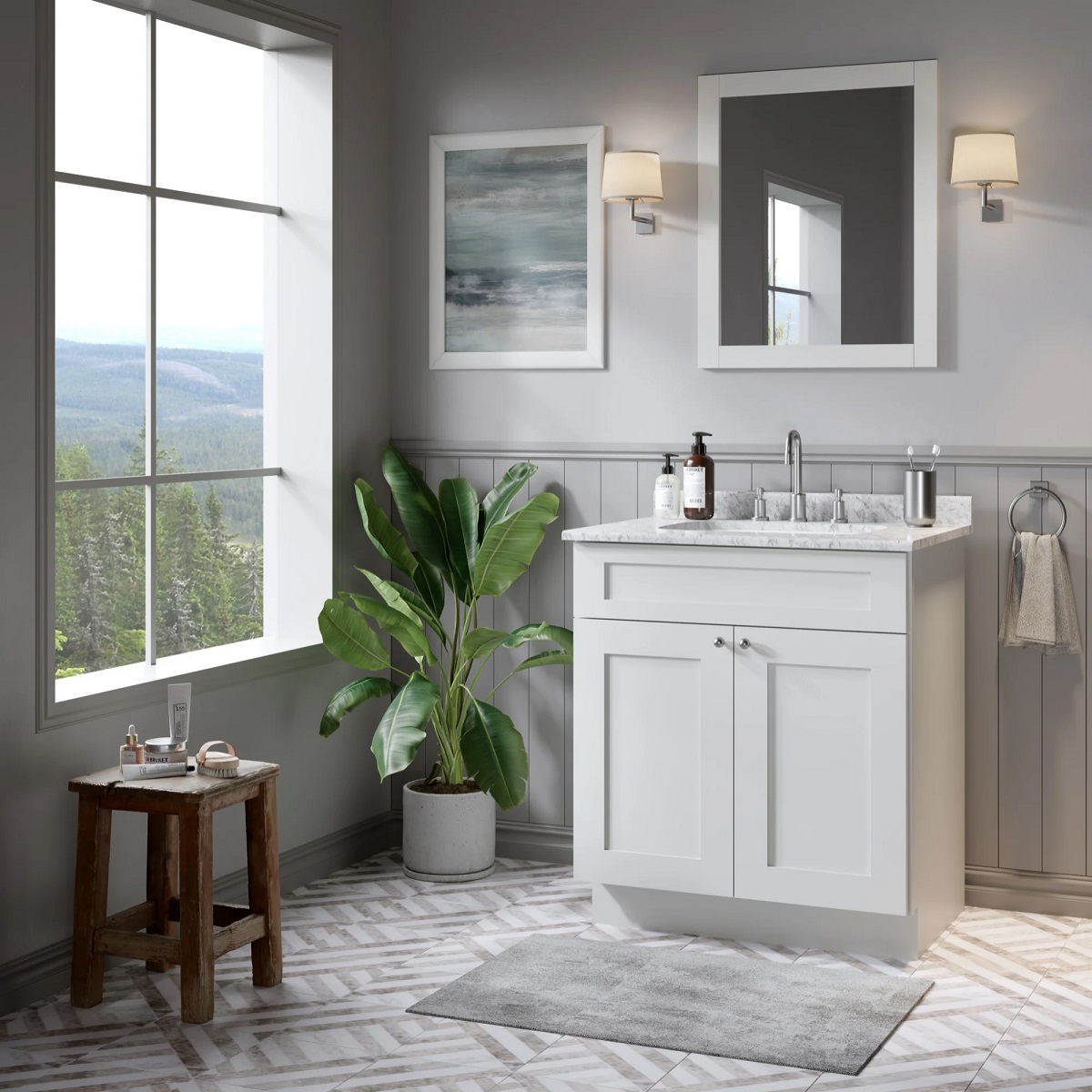
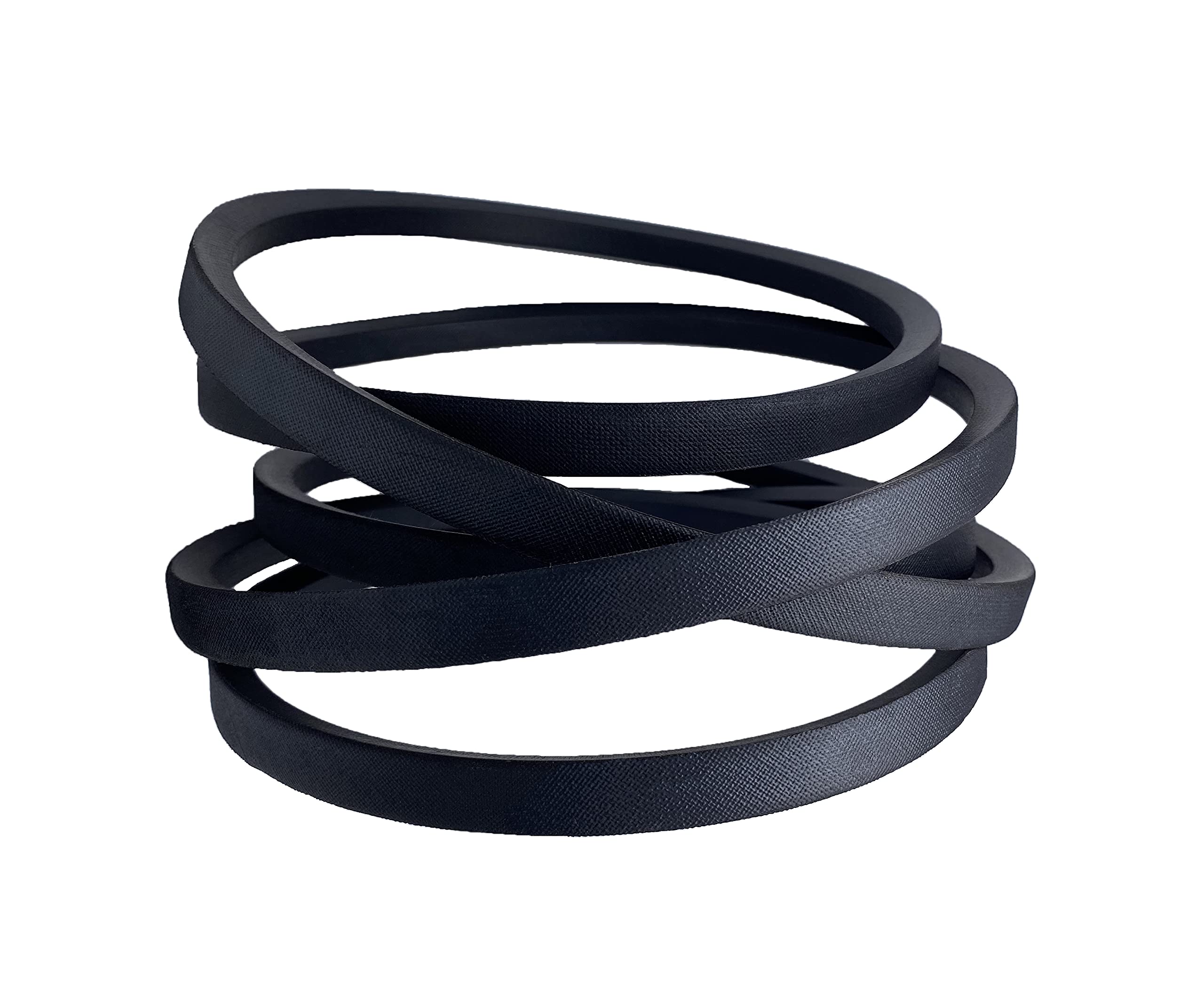
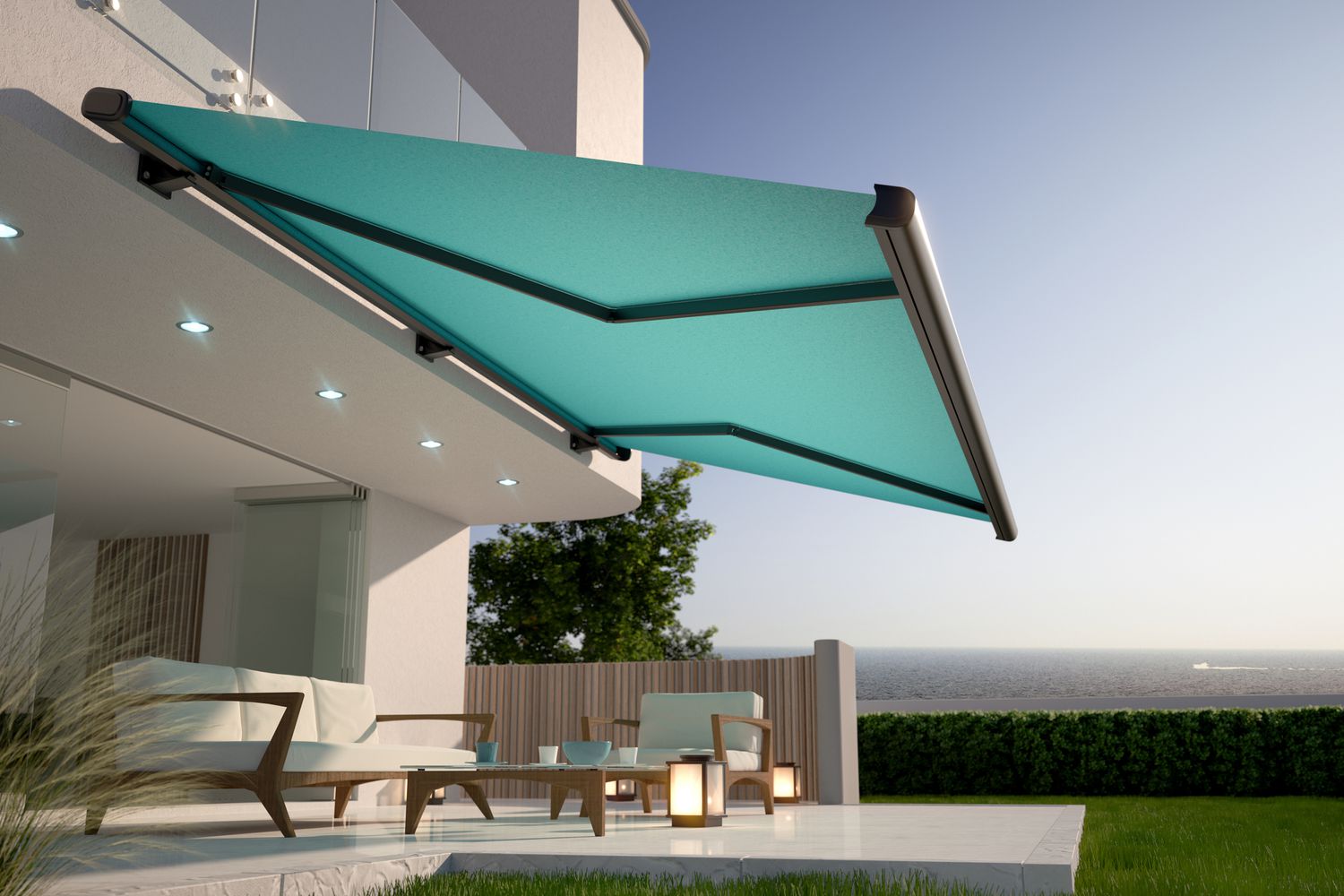
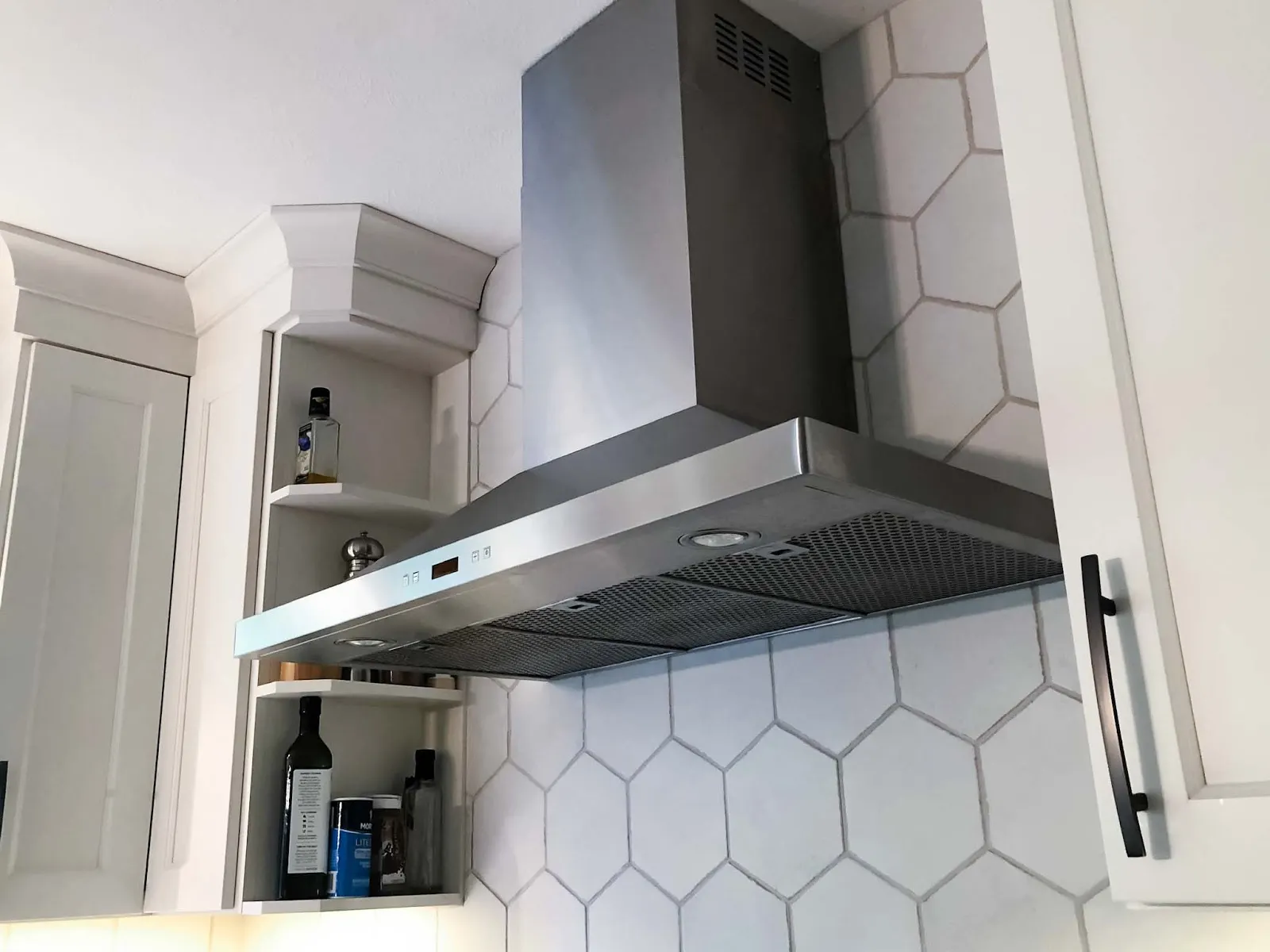
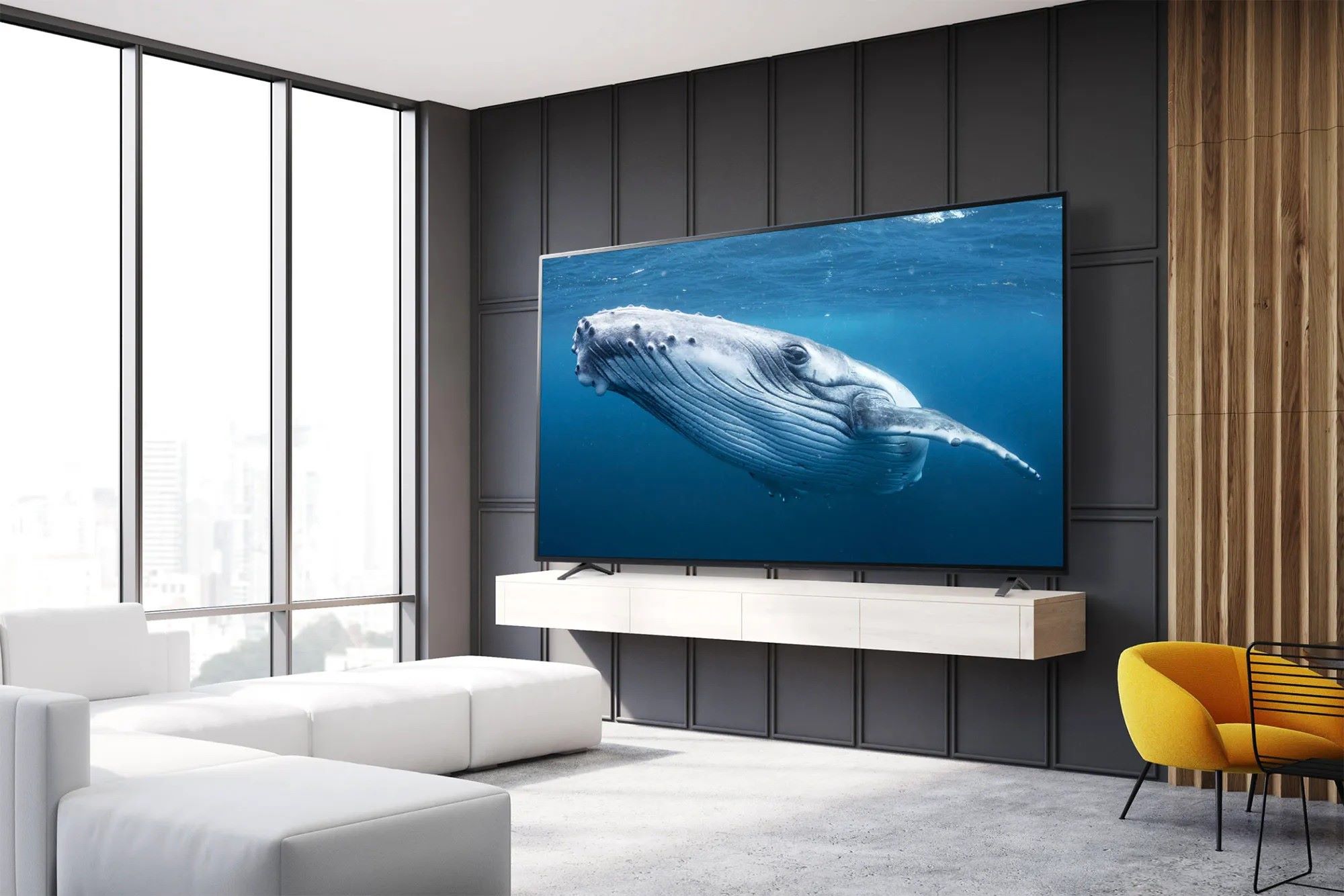
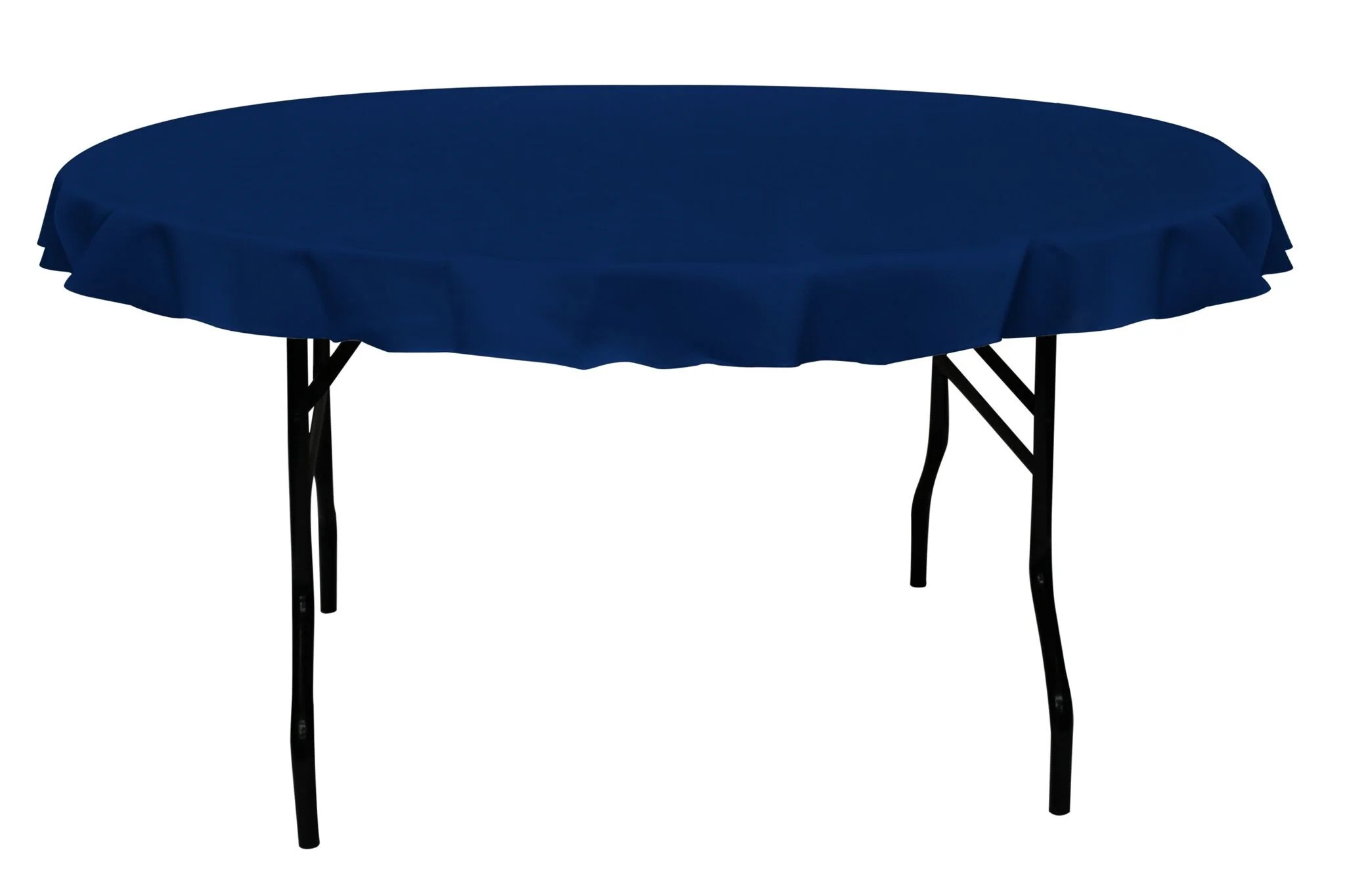




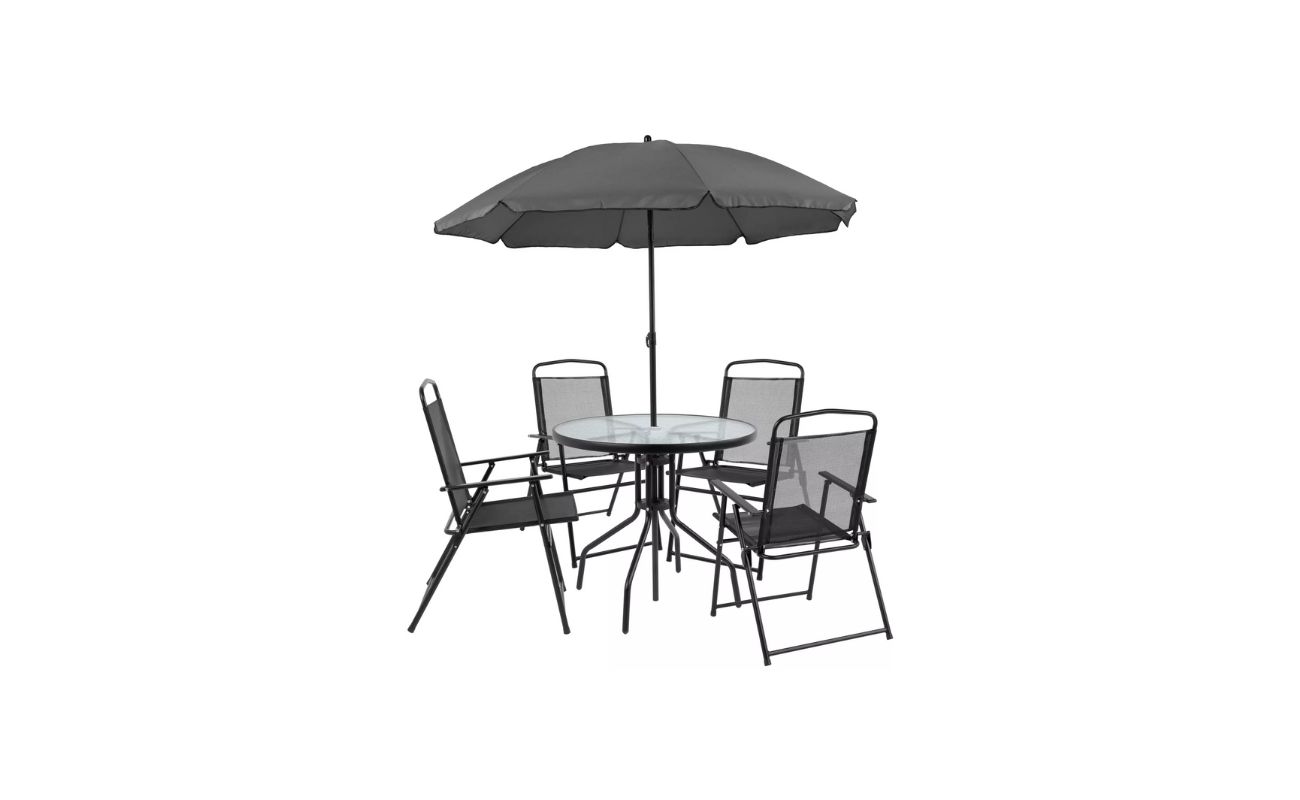

0 thoughts on “If My Window Is 70 Inches Wide What Size Curtains Do I Need”